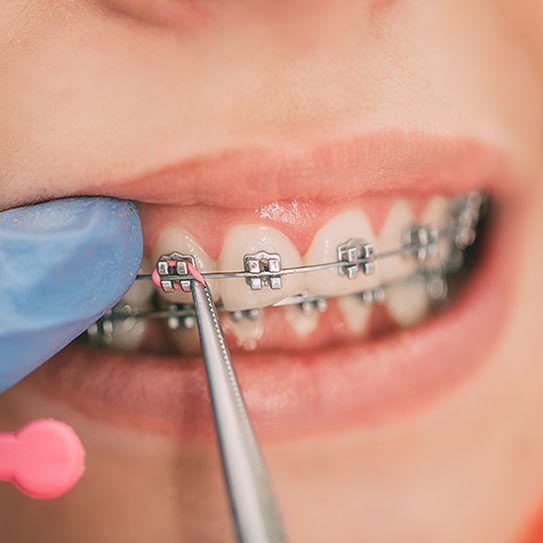
ANYONE WHO HAS had braces knows that feeling of pressure that gradually pushes teeth toward their correct positions, but what’s really going on? Orthodontic treatment is fascinating all the way down to the cellular level, and we want to bring our patients in for a closer look.
The Specialized Cells That Move Teeth
Teeth don’t simply move when pressure is applied. That pressure triggers a response from two types of specialized cells within the jaws. Osteoclasts break down the bone cells that are under pressure, allowing a tooth to move into that space. Behind them, osteoblasts build new bone cells to keep the socket tight around the shifting tooth. This bone remodeling process takes time (which is one of the reasons it’s so important to be diligent in wearing retainers once treatment ends).
The Purpose of Different Parts of Braces
Each part of the orthodontic appliance plays its part in encouraging this process. The archwires are the guide rails making sure the teeth are heading in the right direction. Brackets connect the archwires to the teeth to keep that pressure going. The colorful ligatures or O-rings hold everything together. Sometimes extras are added, like elastics, which guide poorly aligned jaws into the right position for a healthy bite. (They can only do this when patients exactly follow the orthodontist’s instructions on how to wear them.)
